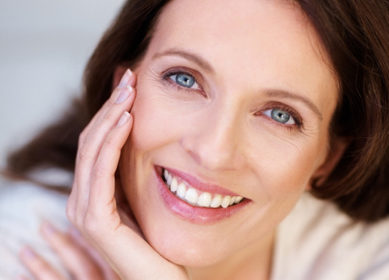For some, growing old gracefully means proudly sporting strands of gray and championing laugh lines as signs of a life well lived. Others, however, take a “turn back the clock” approach. For this group, products that support healthy skin and hair are must-haves in their lives. While they won’t stop the hands of time, natural age-support products can help keep an age-conscious customer looking and feeling great.
Top Three Things to Do for Your Skin
Before we get into the age-support products that may interest Baby Boomers and older Gen X-ers, consider another important demographic: the 20–30-something crowd. While pre-middle age, this is an influential time in skin and hair health that can’t be ignored.
Best and worst skin choices. One of the top  things one can do for the skin is to protect it from environmental damage, such as that caused by smoking and harmful UV rays. Kara Kivi and Christine Cunningham, co-founders of Splurge Skincare, Arlington, MA, state, “You can’t change your genetics, which certainly play a role in how you age, but you can control environmental factors like sun exposure.” Thus, they and several others recommend daily use of sunscreen—including during the winter.
things one can do for the skin is to protect it from environmental damage, such as that caused by smoking and harmful UV rays. Kara Kivi and Christine Cunningham, co-founders of Splurge Skincare, Arlington, MA, state, “You can’t change your genetics, which certainly play a role in how you age, but you can control environmental factors like sun exposure.” Thus, they and several others recommend daily use of sunscreen—including during the winter.
Something that could work in our skin’s favor, says Linda Miles, D.O.M., formulator at derma e, Simi Valley, CA, are stress minimizers like regular exercise, yoga, stretching and so forth.
Diet is another big contributing factor in skin aging. Kivi and Cunningham believe, “Making bad nutritional choices will show up on your skin eventually, so it’s good to develop healthy habits when young.”
Like the rest of our bodies, our skin benefits from the nutrients found in fruits and vegetables. To this, Miles adds that omega-3s and a multivitamin benefit the skin. And don’t underestimate the value of drinking plenty of water for proper hydration, and eliminating excessive alcohol consumption.
Last, start good skin hygiene at an early age. A smart routine, say Kivi and Cunningham, includes washing your face to remove make-up and impurities every night and using moisturizer daily. Otherwise, clogged pores could lead to pimples, infections and even scarring. Toners and weekly exfoliation will also keep skin looking its best.
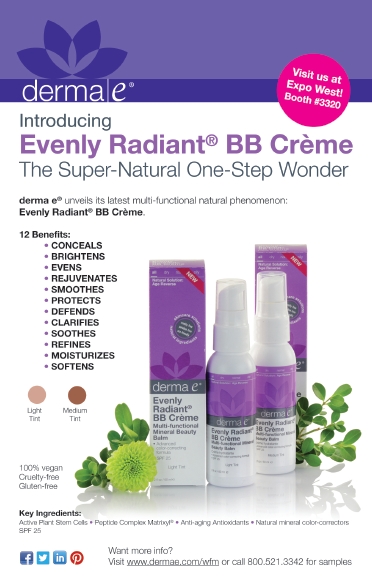 Remember, too, that proper skin hygiene isn’t just about the process; it also means investing in good products. “Use the best, most natural, appropriate products for your skin type you can afford,” advises Eileen Sheets, managing director of Bioforce USA, Ghent, NY.
Remember, too, that proper skin hygiene isn’t just about the process; it also means investing in good products. “Use the best, most natural, appropriate products for your skin type you can afford,” advises Eileen Sheets, managing director of Bioforce USA, Ghent, NY.
Adam Grossman, founder and president of Seaweed Bath Company, Austin, TX, also supports natural skincare products that infuse your skin with nourishing oils. He believes using harsh detergents or alcohol-based skin care products are some of the worst things one could do to their skin.
A last tip from Wendy Cockayne Lucas, general manager of Desert Essence, Hauppauge, NY, goes hand in hand with the idea of practicing a good skincare regimen. She says roughly removing eye makeup isn’t good; so remember to tell clients the key is gentle, natural products and a light touch.
Like skincare, Cockayne Lucas recommends using natural products and oils to style and care for hair. Tell shoppers to stay away from harsh products that strip the hair and scalp of natural oils. To this, Grossman adds that diet can keep hair healthy and this includes eating omega-3-rich foods. “Omega-3s are necessary to grow hair and nourish your scalp,” he explains. “Healthy hair starts at the root.”
The Eyes Have It!
Since the skin around the eyes is thin, delicate and susceptible to damage, it is often the first site of unwanted signs of aging: puffiness and wrinkles.
According to Peter McMullin, president of Sibu, LLC, Midvale, UT, “Water build-up, which can lead to puffiness, occurs often in the tender area around the eyes.” It can result from several factors, including a high-sodium diet, rubbing the eyes too much, harsh cleansing, drinking alcoholic beverages, not getting one’s beauty rest or sleeping with makeup on.
Another factor is simple biology. “As we age, 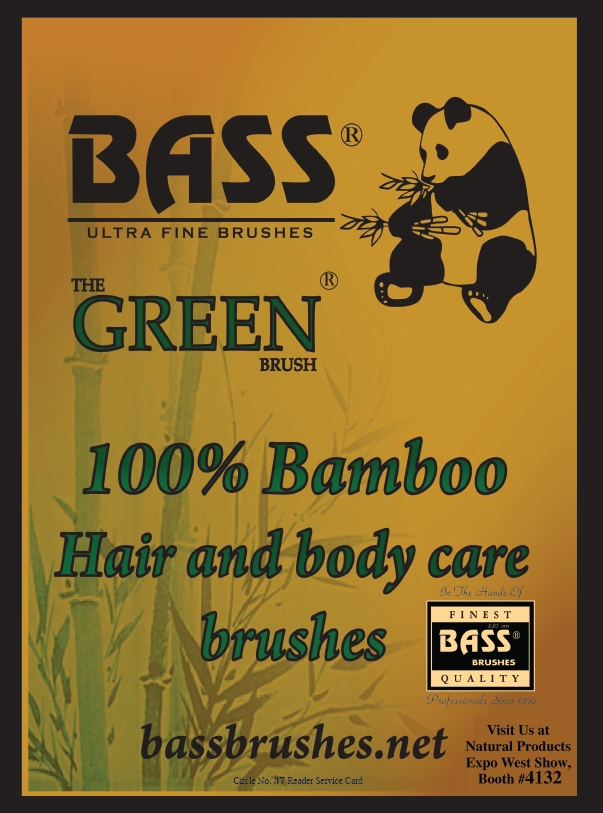 our bodies produce less collagen and the skin—especially around the eyes—begins to lose firmness. The constant force of gravity pushes down on the loosened skin and causes creasing,” says McMullin.
our bodies produce less collagen and the skin—especially around the eyes—begins to lose firmness. The constant force of gravity pushes down on the loosened skin and causes creasing,” says McMullin.
Collagen helps our skin look plump and filled out, but as we age, collagen fibers break down and their production slows. The end result is fine lines and wrinkles, says Miles, who also notes that hyaluronic acid (which keeps our tissues hydrated) “decreases with age causing drier skin that tends to accentuate creases and fine lines.”
Sheets adds that this is compounded by the fact that muscles weaken over time, and creases caused by facial expressions become permanent. “As the skin around the eyes becomes thinner as muscles weaken, swelling from fluid buildup and the fat pad under the eye becomes more pronounced,” she notes.
Retailers can guide shoppers to several options for addressing this issue. McMullin suggests omega-7 ingredients like seabuckthorn, which “help promote tissue recovery at a cellular level and support more hydrated skin.”
To this, James Liu, president of Seabuck Wonders, Chicago, IL, adds an extra benefit of seabuckthorn: it helps protect the skin from the damaging effects of the sun, while hydrating and cutting down on puffiness.
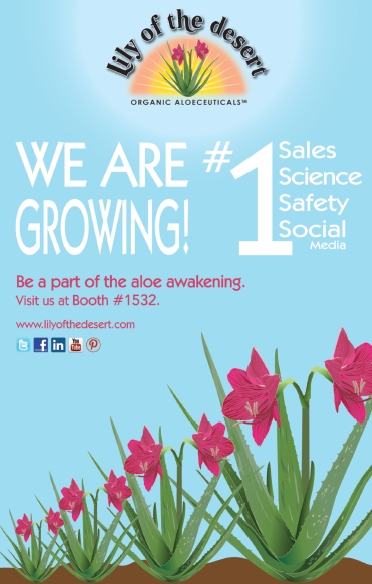 Cockayne Lucas favors a combination of natural flavonoids and peptides to support healthy skin aging around the eyes. “Flavonoids help strengthen the area while peptides help improve lymphatic drainage as well as help restore elasticity and firmness,” she says.
Cockayne Lucas favors a combination of natural flavonoids and peptides to support healthy skin aging around the eyes. “Flavonoids help strengthen the area while peptides help improve lymphatic drainage as well as help restore elasticity and firmness,” she says.
Meanwhile, Miles speaks of a few natural compounds that could help resolve the issue of puffy eyes. First, she speaks of an extract derived from French maritime pine bark. Branded as Pycnogenol, this antioxidant “helps promote healthy circulation to move out fluid.” Her company formulated this ingredient in an eye product (Soothing Eye Gel) with witch hazel to help reduce puffiness.
For creases, Miles suggests peptides. She speaks of two branded ingredients in her company’s wrinkle-support products. Matrixyl instructs the skin to make components like collagen and to restructure itself, while Argireline helps relax facial muscles, smooth wrinkles and discourage the formation of new lines. Miles says the end result is “smooth, younger-looking skin.” Miles adds that products with hyaluronic acid “deliver maximum moisture to help plump and visibly firm and tone the delicate skin while reducing the look of crow’s feet.”
Triple Threat?
Shoppers may also wonder how best to tackle frown lines and forehead creases. But, many wrinkle creams are geared at the skin around the eyes. Can they do a good job on other areas of the face, too?
Possibly, but it may not be the best choice.  According to Sarah Eggenberger, vice president of product development at MyChelle Dermaceuticals, Louisville, CO, “The difference between eye products and facial products is the size of the packaging, and eye products are made to treat the delicate eye area. So even though you can, I would recommend using a stronger product, like a facial serum on the forehead versus an eye cream to be most effective.”
According to Sarah Eggenberger, vice president of product development at MyChelle Dermaceuticals, Louisville, CO, “The difference between eye products and facial products is the size of the packaging, and eye products are made to treat the delicate eye area. So even though you can, I would recommend using a stronger product, like a facial serum on the forehead versus an eye cream to be most effective.”
Others agree. Sheets adds that eye products are usually lighter, so they won’t clog or weigh down the delicate skin around the eyes. “Although this is what the eye needs, the rest of the face will benefit more from a richer, denser product,” she feels.
Another practical point is that eye products are specially formulated not to sting or irritate the eyes. “The products you use on your face and forehead might be irritating if they get in your eyes,” says Cockayne Lucas.
Also, some products have unique eye-specific ingredients. McMullin speaks of those that restrict blood flow to minimize puffiness and dark circles. “In general, frown lines and creases found on other areas of the face including the forehead, where the skin is thicker, do not need a product that restricts blood vessels,” he explains.
Liu adds that eye creases are generally not as deep as those on other areas of the skin. Products that reduce the appearance of creases around the eyes may help moisturize and soften skin found elsewhere; “however, they will not erase deep lines,” he believes.
The bottom line: Don’t cut corners with age-support products. Sometimes, several products are needed to get the job done.
Return to Radiance
If shoppers aren’t asking about age-support products for creases and puffiness, there’s a good chance they’re looking for a heavy-duty moisturizer. Maturing skin tends to crave moisture for several reasons.
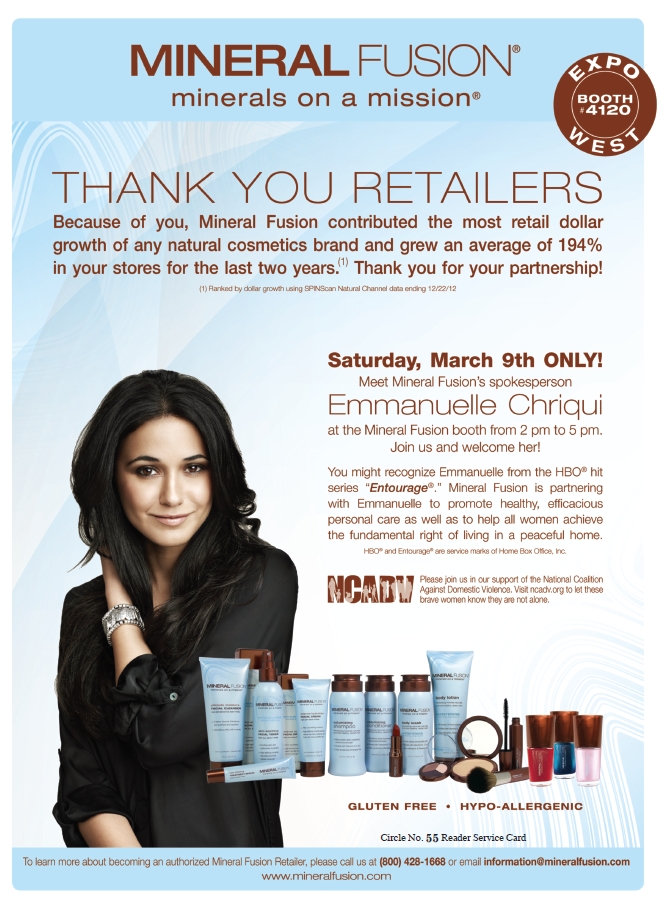 Sheets says that aging, sun-damaged skin may be thicker, making it harder for moisturizers to penetrate and do their job. Similarly, dead skin cells may be built up since turnover slows down as we age. This may make skin appear dull.
Sheets says that aging, sun-damaged skin may be thicker, making it harder for moisturizers to penetrate and do their job. Similarly, dead skin cells may be built up since turnover slows down as we age. This may make skin appear dull.
Eggenberger gives us the scientific reason for why: “The impression of lackluster skin occurs because the rough surfaces do not refract light as clearly and the healthy glow from microcirculation is disguised by the accumulation of dead skin cells.”
For folks with these issues, Sheets suggests exfoliation: “It becomes important to exfoliate to remedy this problem; clear off the dead skin cells and prepare the skin for the treatments being applied.”
But, scrubs must not be too abrasive or else they could cause further damage to the skin. Kivi and Cunningham suggest looking for a scrub that contains “enough granules to be effective, but is not so gritty that the scrub is too harsh.” Some scrubs are infused with oils to help skin feel moisturized after exfoliation. Shoppers with dry skin may still need to follow the process with a separate moisturizer to “help maintain the luster of the freshly exfoliated skin,” Kivi and Cunningham say.
Products don’t just have to be scrubs; alpha-hydroxy acid and other fruit acids also exfoliates the skin. Miles says these ingredients “gently exfoliate and retexturize for soft, smooth and younger-looking skin.”
Miles adds that exfoliators may not be the only answer for everyone. Some customers may have uneven skin tone from age spots and other factors. In this instance, says Miles, “look for products with a combination of skin-brightening botanicals as well as anti-aging antioxidants to help keep skin protected.”
An interesting ingredient her company  uses for this purpose is Madonna Lily plant stem cells, which “help even skin tone, and diminish the look of age and dark spots and discoloration.”
uses for this purpose is Madonna Lily plant stem cells, which “help even skin tone, and diminish the look of age and dark spots and discoloration.”
When choosing moisturizers, Grossman says those with very dry skin may do better with creams or butters than with lotions, which often have more water and less emollients. His pick of ingredients for dry skin is Kukui oil (Aleurites moluccans). “Kukui oil prevents transepidermal water loss by creating a barrier under the skin to lock in moisture,” he says.
Other ingredients well known to give skin back some moisture are hyaluronic acid, omega-rich ingredients like seabuckthorn and cranberry, truffle oil and more.
This is Seri-ums Business
Several of the issues mentioned previously may be addressed by a segment that some overlook from lack of knowledge: serums.
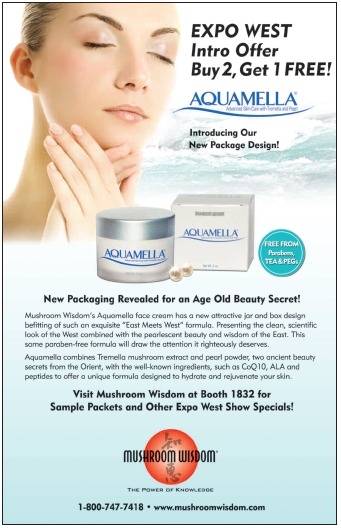 Sheets explains that serums are intensive, highly concentrated formulas that are often enriched with vitamins and other nutrients. “They go on very smooth and silky,” she states. “Depending on the ingredients, they can be highly moisturizing, nourishing and protective.” McMullin explains that serums are more lightweight than most moisturizers and thinner, while being nutrient-dense. He says this is achieved by binding active ingredients to small molecules.
Sheets explains that serums are intensive, highly concentrated formulas that are often enriched with vitamins and other nutrients. “They go on very smooth and silky,” she states. “Depending on the ingredients, they can be highly moisturizing, nourishing and protective.” McMullin explains that serums are more lightweight than most moisturizers and thinner, while being nutrient-dense. He says this is achieved by binding active ingredients to small molecules.
Eggenberger expands on this definition to say that serums can be used for various purposes, depending on the ingredients used. “Many serums help to stimulate fibroblast activity that then encourages collagen production. Other key serums brighten the skin, increase elasticity and repair damage,” she states.
Some may contain hyaluronic acid to hydrate skin cells and help bind moisture to them. Says McMullin, “Serums made with hyaluronic acid have the ability to hold 1,000 times their weight in moisture and actually pass through the cell membrane to deliver nutrients at a cellular level.”
Regardless of the active ingredients, Eggenberger feels, “Serums are the game changers and should be incorporated into everyone’s skin care regimen.”
But how? Eggenberger suggests using a serum like her company’s Vitamin A Plus Serum twice a week before bed, and on other nights, using a hydrating repairing cream “to add in nourishment and rich hydration.”
Miles also says serums can be used on their own, but explains that one can benefit from layering serums underneath a moisturizing cream or oil. If shoppers choose the layering technique, Cockayne Lucas feels one should let a serum absorb a few minutes before applying the moisturizer.
Hairy Situations
Gray hair is one of the most recognizable signs of aging, and often the one that shoppers are most anxious to hide.
Traditional drug store brands are loaded with harsh chemicals and while they add color, they “can be harsher on your hair and scalp,” says Sheets.
Speaking of her company’s line (Herbatint), Sheets says natural hair color uses natural plant color along with a tiny bit of chemical to create long-lasting permanent color. This may surprise some, but Sheets states, “It is not possible to get a permanent color, and gray coverage, without some chemical.”
The key, says Sheets, is finding a way “to use a minimum amount of chemical with the plant-based color for a natural, vibrant, shiny, permanent color.”
There’s a reason why natural coloring products are easier on the hair: plant-based coloring molecules are smaller than synthetic ones. This means that the hair cuticle doesn’t have to open as much to let in the color. “This protects the hair shaft, plus allows the cuticle to close back down fully, promoting a beautiful shine, and protecting the hair color,” she says. Plus, natural lines incorporate botanicals like aloe vera that benefit hair and scalp health; drug store brands often claim to contain botanicals, “but in small amounts that do not amount to much,” Sheets says.
Likewise, shoppers may be interested in shampoos and conditioners that don’t strip away the color they put in. How? Cockayne Lucas says, “Color-safe products have low sulfate levels and often contain UV absorbers and antioxidants.”
Meanwhile, Grossman raises the point that those with color-treated hair may want to add moisture back into their locks. One trendy way is with hair oils. “The hottest hair care ingredient on the market is argan oil (Argania spinosa), and it deserves every bit of the buzz that it is getting,” he believes. This oil is rich in essential fatty acids like omega-9, or oleic acid. States Grossman, “Oils rich in omega-9 have the ability to penetrate deep into the dermis or hair shaft resulting in a longer lasting and more intense moisturize.”
Miles also favors plant oils like argan, adding that it and kukui oil “deliver nutrient-rich moisture to condition dry, damaged, brittle hair and split ends. These luscious, natural oils also fortify hair, boosting shine and softness and help control frizz or flyaways.”Oils can be used overnight for a restoring conditioning treatment before shampooing. WF
Published in WholeFoods Magazine, March 2013

